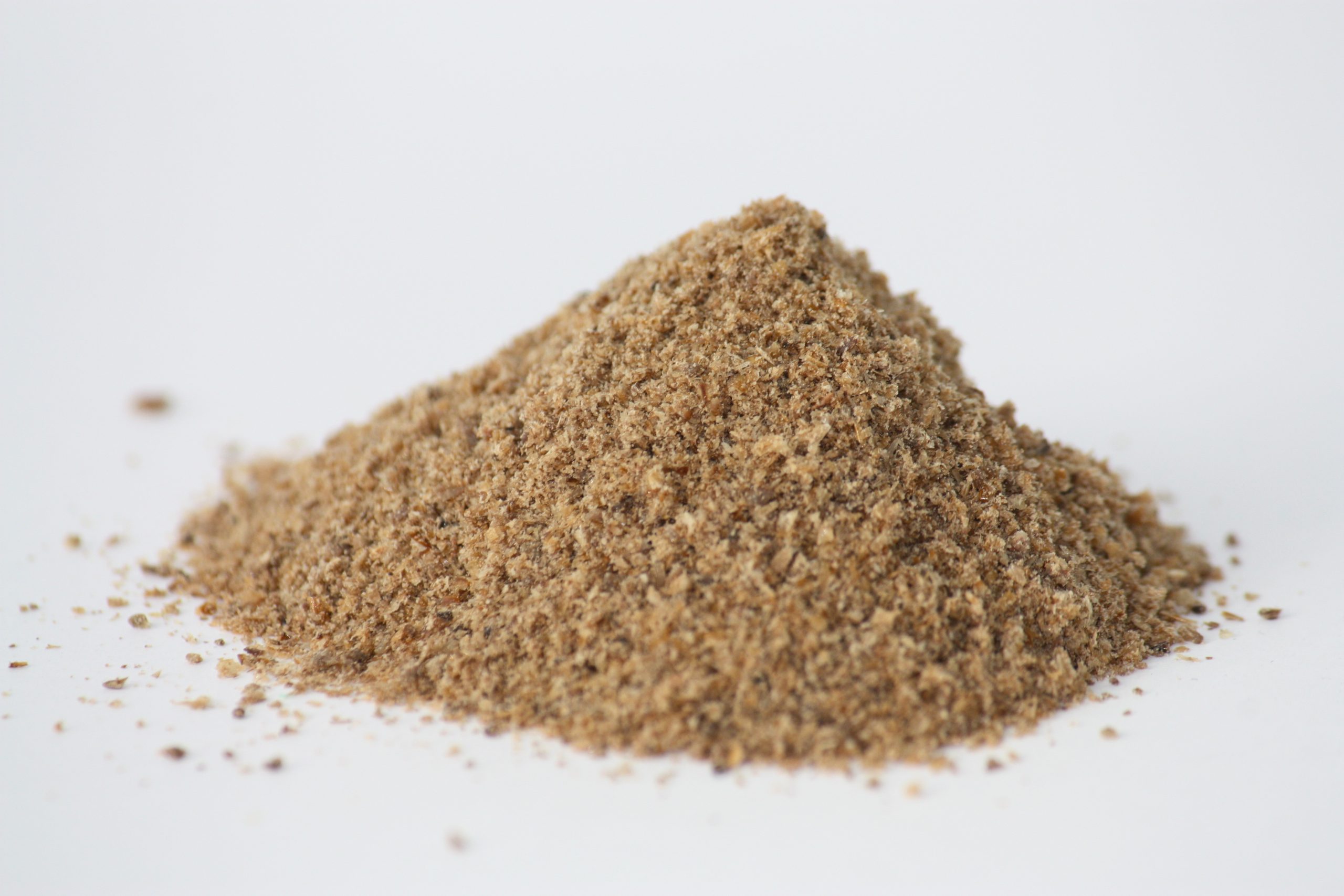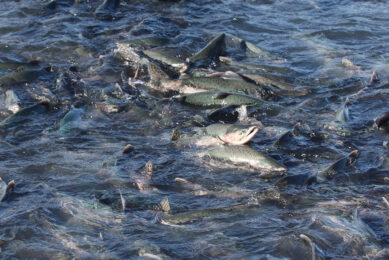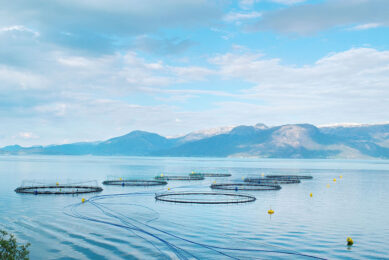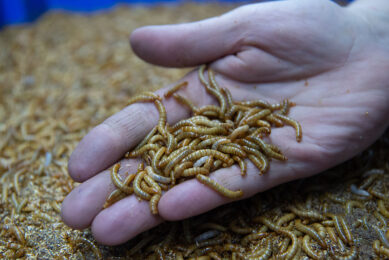Insect protein for sub-Saharan Africa needs a push

With the exception of South Africa, rearing, processing and use of insects is still at an experimentation level in sub-Saharan Africa. More research is needed on the technical and economic feasibility of using insects, as the current costs of feed is too high for most African fish and poultry farmers.
This is according to a review article, written by researchers from Uganda and Kenya and published in the Journal of Insects as Food and Feed. The review presents the extent to which insects have been utilised as an alternative protein source in feed in sub-Saharan Africa (SSA).
Insect meal instead of fish meal
Fish meal and soymeal have become scarce and expensive. The impact is and will continually to be felt most in sub-Saharan Africa (SSA) where fish and poultry contribute about 61% of the human protein intake. For example, in Nigeria and Uganda, 2 of the SSA countries with the highest chicken meat production, the price of fish meal in both countries almost doubled in the last decade. Insect meal is often named as an alternative protein source in livestock feed. However, adapting the recommendation requires adequate scientific data on the technical and economic viability as well as the social acceptability of insect-based feeds, if their benefits are to be realised. Although many farms in SSA are free-range where chickens can hunt and eat insects, the use of insect meal or whole insects deliberately in animal feed is rare.

The popularity of insect meal as a new protein has taken off – find out about new developments, regulations and innovations.
Different types of insects
The authors mention that several publications report insect meal to be easily digestible, having a high protein efficiency ratio and being potentially cheaper than conventional protein sources such as fish meal especially the silver cyprinid fishmeal in Africa. Insect species that have been comprehensively investigated as poultry and fish feed in Africa include house fly (Musca domestica), several species of grasshoppers such as Ruspolia spp. and termites (Mercotermes spp.). Promotion of silkworm production is ongoing in various parts of Africa including Kenya, Rwanda and Uganda. Although potential for use of its pupae as livestock feed is recognised, no documented use on the continent was found. Similarly, no published research studies on the use of crickets and black soldier fly larvae for poultry, fish or other livestock feed in SSA were found though the practice is documented in other parts of the world.
Research projects in SSA
The researchers address that wild harvesting, the main source of insects for food and feed in SSA cannot guarantee sustainable supply of insects. Sustainable rearing of insects for feed on a commercial scale is still limited in SSA except for South Africa and, the cost of feed has remained high and prohibitive to poultry and fish farmers. At the same time, there are ongoing research projects in SSA countries, aiming at promoting the use of insects for food and feed. Findings from such projects will fill some of the existing data gaps including optimised rearing protocols, complete nutritional profiles of the reared insects and performance of insect-based feeds, which in turn, will support up-and out-scaling and commercialisation of insect production and use.
Join 26,000+ subscribers
Subscribe to our newsletter to stay updated about all the need-to-know content in the feed sector, three times a week. Beheer
Beheer









 WP Admin
WP Admin  Bewerk bericht
Bewerk bericht